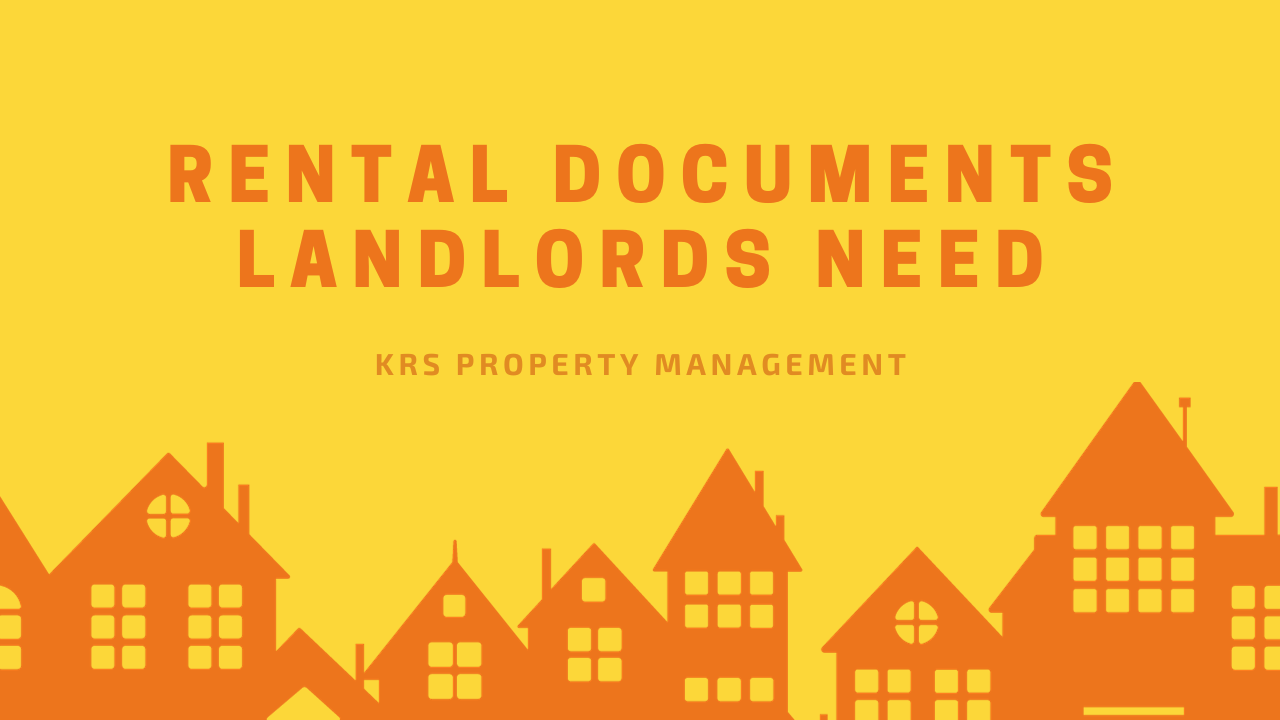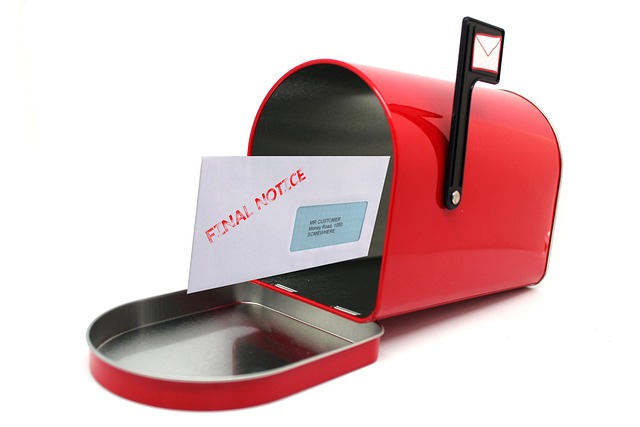
In property management, landlords face challenges that demand clarity, legal protection, and efficient communication. Whether you're a seasoned property owner or a novice landlord, navigating the complexities of property management requires clear documentation.
In this article, we will cover the essential rental property documents that you need as a landlord. Continue reading to learn more!
6 Must-Have Rental Documents For Landlords
From safeguarding your investment to fostering positive landlord-tenant relationships, these documents are not just paperwork; they are the cornerstone of successful, hassle-free property management. Here is a list of essential rental documents that landlords should have:
1. Lease Agreement
A lease agreement is a legally binding contract between the landlord and the tenant. It outlines the terms and conditions that both parties must adhere to during the rental period. This legal framework provides security and stability for both the landlord and the tenant.
It clearly states the rent amount, the due date, and the acceptable methods of payment. This information is vital for both parties to ensure that rent is paid on time and in the manner agreed upon.
The lease agreement also specifies the duration of the tenancy, whether it's a month-to-month arrangement or a fixed-term lease (e.g., 6 months or 1 year). It also outlines the procedures for lease renewal or termination.
2. Eviction Notice
An eviction notice is a vital document in a landlord's toolkit, as it serves as the formal initiation of legal proceedings to remove a tenant from the property.

Its importance lies in providing a structured and legal means to address serious breaches of the lease agreement, such as non-payment of rent, illegal activities, or violations of property rules.
An eviction notice should clearly state the reasons for eviction and should include a specific timeline for the tenant to rectify the situation or vacate the premises. Keep in mind that you must follow your state’s specific eviction procedure.
An eviction notice ensures that the landlord follows due process of law. This not only protects you as a landlord but also provides a clear, documented trail of communication.
In cases where disputes escalate, the eviction notice acts as crucial evidence in court, demonstrating that the landlord followed the correct legal procedure and strengthening their case for eviction.
Ultimately, the eviction notice is a necessary and indispensable document for landlords to uphold the integrity of their rental agreements and maintain a secure and lawful environment for all parties involved.
3. Co-Signer Agreement
A co-signer agreement holds significant importance because it provides an added layer of financial security and assurance.
When a tenant has a co-signer, often a family member or friend, the co-signer agreement outlines their legal obligation to cover the rent or any other financial liabilities if the tenant fails to do so.
This agreement acts as a safeguard, ensuring that the landlord has recourse to collect unpaid rent or damages even if the tenant is unable or unwilling to pay.
It also clarifies the co-signer's responsibilities, making them legally bound to fulfill the financial obligations if the tenant defaults.
Additionally, having a co-signer agreement encourages responsible tenancy by holding both the tenant and the co-signer accountable.
4. Move-Out Letter
A move-out letter serves as the formal conclusion of the tenancy agreement. This letter provides documented communication between the landlord and the tenant regarding the process of vacating the rental property.
It outlines essential details such as the move-out date, instructions on cleaning and returning keys, and expectations regarding the condition in which the property should be left.
By clearly stating these expectations, a move-out letter helps prevent misunderstandings and disputes during the move-out process. It also serves as a reference point in case disagreements arise over the return of the security deposit, providing evidence of the agreed-upon conditions.
Furthermore, it enables a smooth transition between tenants, allowing landlords to efficiently prepare the property for new occupants.
Overall, a move-out letter ensures clarity, reduces potential conflicts, and helps you and your tenant part ways on good terms.
5. Tenant Screening Documents
Tenant screening documents are crucial components of rental paperwork for landlords, as they enable a thorough evaluation of prospective tenants.
These documents, which can include rental applications, references, credit reports, and background checks, allow landlords to assess applicants' financial stability, rental history, and criminal background.
By carefully screening tenants, landlords can select individuals who are likely to pay rent on time, adhere to lease agreements, and maintain the property properly.
Additionally, these documents assist landlords in complying with fair housing laws and in making objective, non-discriminatory decisions based on applicants' qualifications.
Ultimately, tenant screening documents empower landlords to make informed choices, ensuring the long-term profitability of their rental properties.
6. Non-Renewal Lease Notice
The non-renewal lease notice formally communicates the decision not to renew a tenant's lease agreement. By providing advance notice in accordance with local regulations, the non-renewal lease notice gives both the landlord and the tenant time to plan for the future.
This notice is essential for maintaining transparency and preventing misunderstandings between parties. It ensures that tenants are aware of the landlord's intentions and can make the necessary arrangements to find alternative housing.
For landlords, it offers the opportunity to regain possession of the property for various reasons, such as renovations, selling the property, or choosing new tenants.
This document, when served within the legal timeframe, protects the landlord's rights and helps in the smooth transition between tenants, maintaining a professional and respectful relationship between all parties involved.
Conclusion
By understanding and implementing these documents, landlords can foster trust, prevent disputes, and ultimately attain hassle-free property management.
These documents help guide landlords through challenges and safeguard their investments. Moreover, an experienced property management company, like KRS Property Management, can help create these documents for you as well as manage all other aspects of your property.






